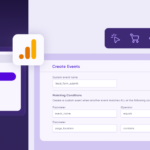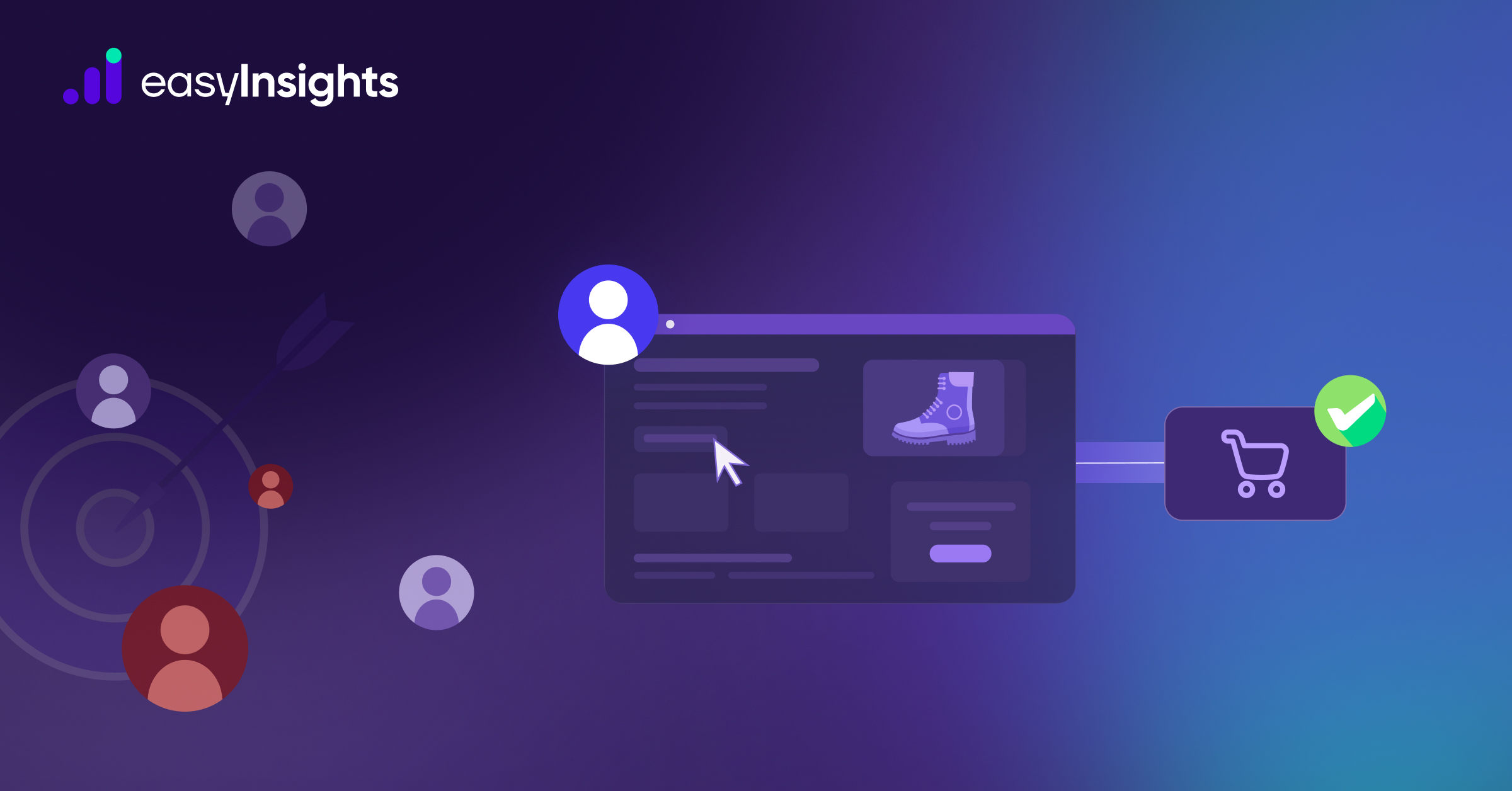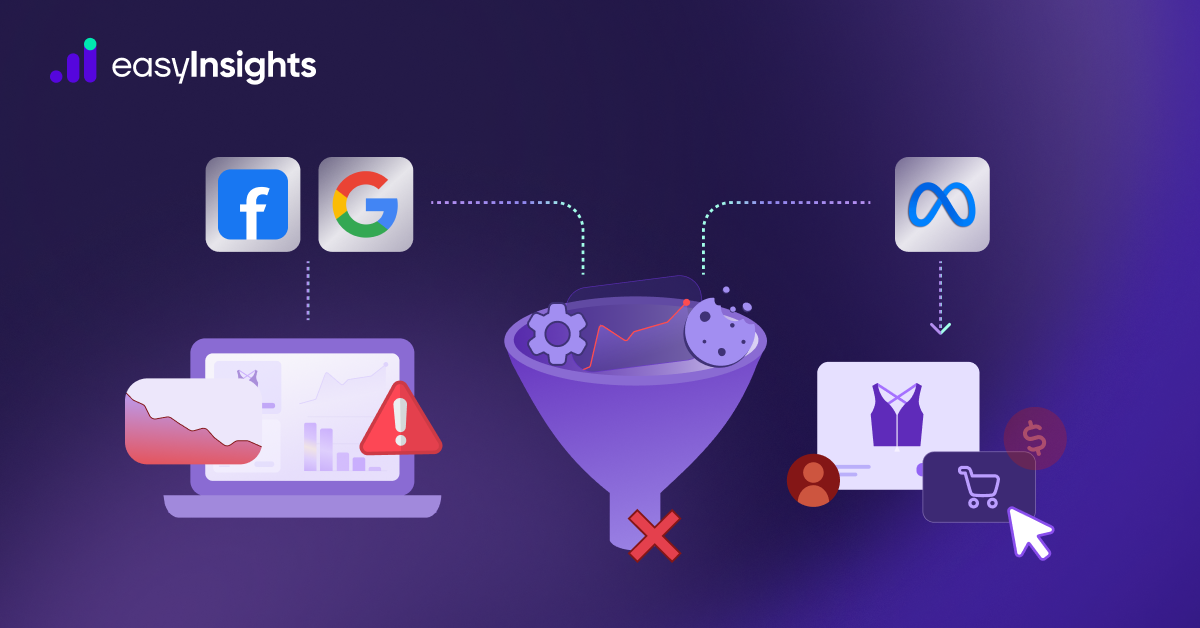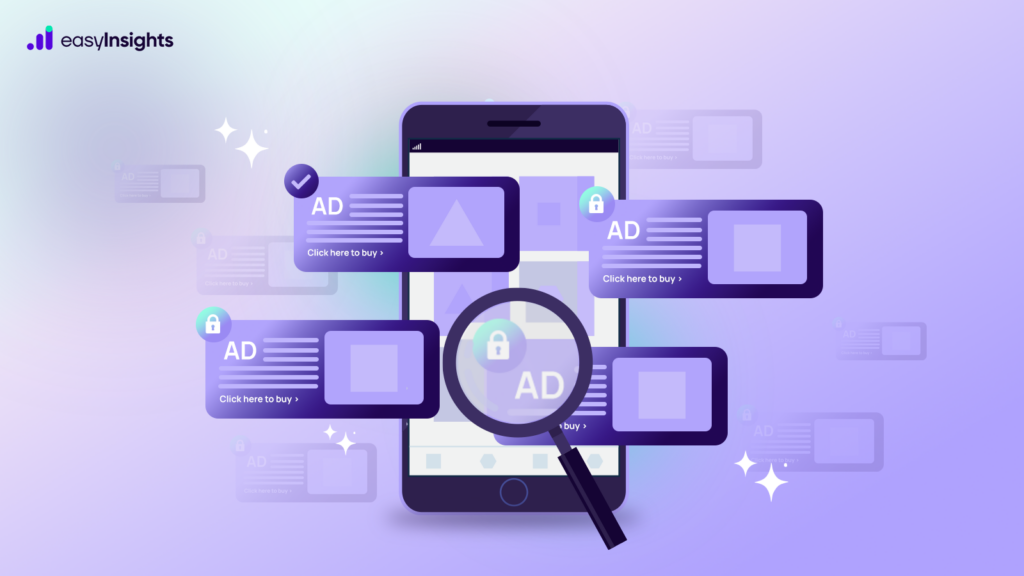
Ever wondered why you see ads for shoes right after browsing them online? Or how apps somehow seem to “know” what you were just thinking about? That’s not magic, that’s ad tracking in action.
Now, imagine flipping a switch that stops those apps from following you around. That’s exactly what Limit Ad Tracking (LAT) was built for. It was Apple’s early way of helping iPhone users stop apps from using their personal data to serve targeted ads. If you ever dug deep into your phone settings to turn off those “creepy” ad suggestions, chances are, you were using LAT even if you didn’t know its name back then.
Before Apple introduced App Tracking Transparency (ATT) with a bold pop-up asking for permission, LAT quietly worked in the background to give users a way to stay anonymous. It blocked access to a unique ID called IDFA, making it much harder for advertisers to track your activity. LAT limited advertiser visibility on users’ ad actions and a global average of 15.61%.
So, if you’ve ever felt like your phone was “listening” and wanted to put an end to it, Limit Ad Tracking was the original privacy shield you didn’t realise you already had.
Jump ahead to:
Definition of Limit Ad Tracking (LAT)
Limit Ad Tracking was a privacy feature on older versions of iOS that gave users more control over how their data was used for advertising. When enabled, it prevented advertisers from accessing the device’s Identifier for Advertisers (IDFA), a unique ID used to serve personalized ads.
If LAT was turned on, the IDFA would appear as a string of zeros, making it impossible for ad networks to track user behavior or deliver targeted ads. In other words, your device became invisible to advertisers who rely on IDFA to build user profiles and optimize ad experiences.
It’s important to note that LAT only applied to iOS versions before 14.5. After iOS 14.5, Apple introduced App Tracking Transparency, which replaced LAT with a more prominent opt-in prompt, asking users directly whether they want to allow tracking.
So while LAT is now outdated, it was the original tool Apple provided for users to limit ad personalization and protect their privacy before the newer ATT framework came into play.
Why is Limit Ad Tracking important
As people became more aware of their privacy and how apps collect data, many started using Limit Ad Tracking to stop being tracked or avoid seeing personalized ads. LAT gave users more control over their data and was one of Apple’s first steps toward better privacy protection.
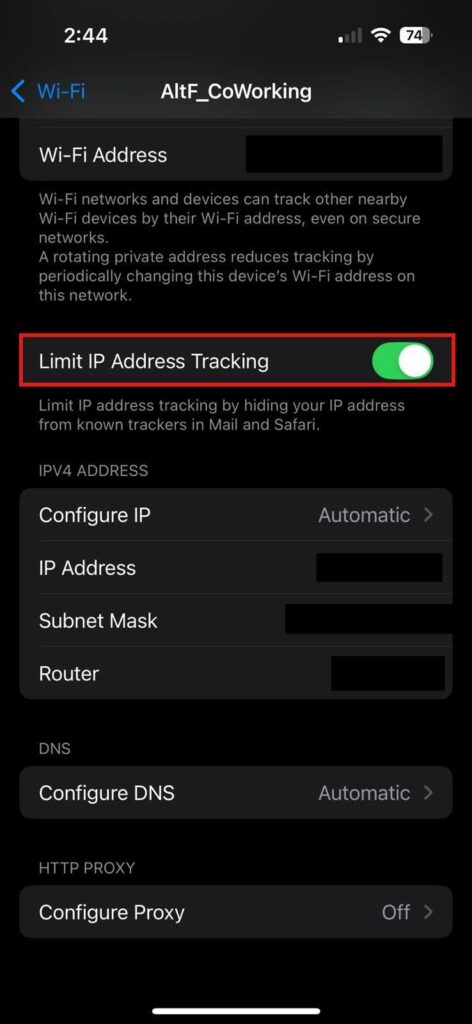
It also helped the app marketing industry start preparing for a future where tracking users with tools like IDFA wouldn’t be possible. In a way, LAT was the foundation for Apple’s later privacy update, App Tracking Transparency (ATT).
Limit Ad Tracking (LAT) vs App Tracking Transparency (ATT)
| Feature | Limit Ad Tracking (LAT) | App Tracking Transparency (ATT) |
| Introduced In | Older iOS versions (before iOS 14.5) | iOS 14.5 and later |
| How It Works | A setting users had to find and turn on manually in their iPhone settings | A pop-up appears asking users to allow or deny tracking when opening an app |
| Control Over Tracking | Blocks IDFA from being shared when turned on | Requires apps to get explicit permission before tracking begins |
| User Experience | Quiet and hidden, most users didn’t know about it | Clear and visible, every app must ask upfront |
| Access to IDFA | Appears as all zeros if LAT is on | Apps can only access IDFA if the user taps “Allow” on the ATT prompt |
| Privacy Focus | An early attempt to give users some control over ad tracking | Stronger and more transparent privacy protection with user consent at the centre |
Additional Reading: Understanding GCLID, WBRAID, and GBRAID: How Google Is Adapting to iOS Privacy Changes
Why Are Both LAT and ATT Beneficial?
Both Limit Ad Tracking (LAT) and App Tracking Transparency (ATT) were introduced to give users more control over their personal data, and each has played a valuable role in shaping a privacy-focused mobile experience.
LAT was the foundation. It allowed users (before iOS 14.5) to prevent apps from using their device’s advertising ID (IDFA) for tracking. While it wasn’t widely known or visible, it marked an important shift, giving people a way to opt out of personalized ads and protect their anonymity.
ATT took it further. It brought transparency to the forefront by asking users directly if they want to allow tracking each time they open a new app. This made privacy settings more accessible, and users no longer had to dig through menus to find them. ATT empowered millions of iOS users to make informed choices about their data.
What Was the Effect of Using Limit Ad Tracking (LAT) in Marketing
When users enabled Limit Ad Tracking (LAT) on their iPhones, it had a direct impact on how marketers could reach and understand them.
Because LAT blocked access to the device’s Identifier for Advertisers (IDFA), the unique code used to track user behavior across apps, advertisers lost the ability to deliver personalized ads to those users. Instead of being able to follow the user’s actions and serve relevant ads, marketers were essentially flying blind. Here’s what that meant for marketing:
- Weaker Audience Targeting: Without the IDFA, marketers couldn’t create or target custom audiences based on user interests or behaviors.
- Limited Ad Personalization: Ads became more generic because personalization relies on tracking past actions.
- Broken Attribution: It became harder to know which ad or campaign led to a conversion, because user activity couldn’t be linked across apps.
- Less Efficient Ad Spend: With less precise targeting and attribution, campaigns often saw higher costs and lower ROI.
LAT made it much harder for marketers to track, measure, and optimize their campaigns, especially on platforms like Facebook and Google, which rely heavily on behavioral data. It also marked the beginning of a shift in digital marketing toward first-party data and privacy-first strategies, which are now more important than ever.
What Was the Effect of Limit Ad Tracking (LAT) on Users?
For users, enabling Limit Ad Tracking (LAT) meant more privacy and less tracking. Here’s how it affected the user experience:
- More Control Over Personal Data: With LAT turned on, users could stop apps and advertisers from using their unique device ID (IDFA) to follow their behavior across apps.
- Less “Creepy” Ad Targeting: You know those moments when you talk about something, and suddenly you see an ad for it? LAT helped reduce those situations by cutting off personalized ad tracking.
- More Privacy, Less Intrusion: Users who were concerned about being tracked or profiled felt more at ease knowing their actions weren’t being used to build ad profiles.
- More Generic Ads: While privacy improved, it also meant users were more likely to see random or irrelevant ads, since advertisers couldn’t personalise them based on interests or behaviour.
- Fewer Retargeting Ads: Users saw fewer of those repeating ads for products they had already browsed, which some people appreciated, while others missed the convenience.
LAT gave users more privacy and peace of mind, but at the cost of less personalized ad experiences. It was a trade-off, more control vs more relevance, and many users welcomed the change as a step toward a more privacy-conscious digital world.
Conclusion
Limit Ad Tracking and App Tracking Transparency have played crucial roles in redefining how user data is handled in mobile advertising. While LAT was Apple’s initial step toward giving users control over tracking, ATT took that vision further by introducing transparency and consent as the new standard.
Together, these features signaled a major shift toward privacy-first marketing, pushing advertisers and marketers to adapt to a world where user consent is non-negotiable and third-party identifiers are no longer reliable.
EasyInsights helps brands bridge the attribution gaps left by LAT and ATT by enabling smarter use of first-party data, improving event match quality, and delivering accurate, privacy-compliant insights across platforms like Meta and Google Ads. In a time when tracking is harder than ever, EasyInsights ensures your marketing remains data-driven, efficient, and future-ready.
To know more Book a demo Today!



